Get PeakVisor App
Sign In
Search by GPS coordinates
- Latitude
- ° ' ''
- Longitude
- ° ' ''
- Units of Length

Yes
Cancel
Share ×

Scan the QR code and open PeakVisor on your phone
❤ Wishlist ×
Choose
Delete
Parc régional des Appalaches is a stunning outdoor recreation destination located in the southern part of the Canadian province of Quebec near the province’s border with the US state of Maine. It is known for its dense forests, gorgeous lakes, and rugged mountains. There are 5 named peaks in the park, the highest of which is Montagne Grande-Coulée (856 m/2,808 ft) and the most prominent of which is Mont Sugar Loaf (647 m/2,123 ft).
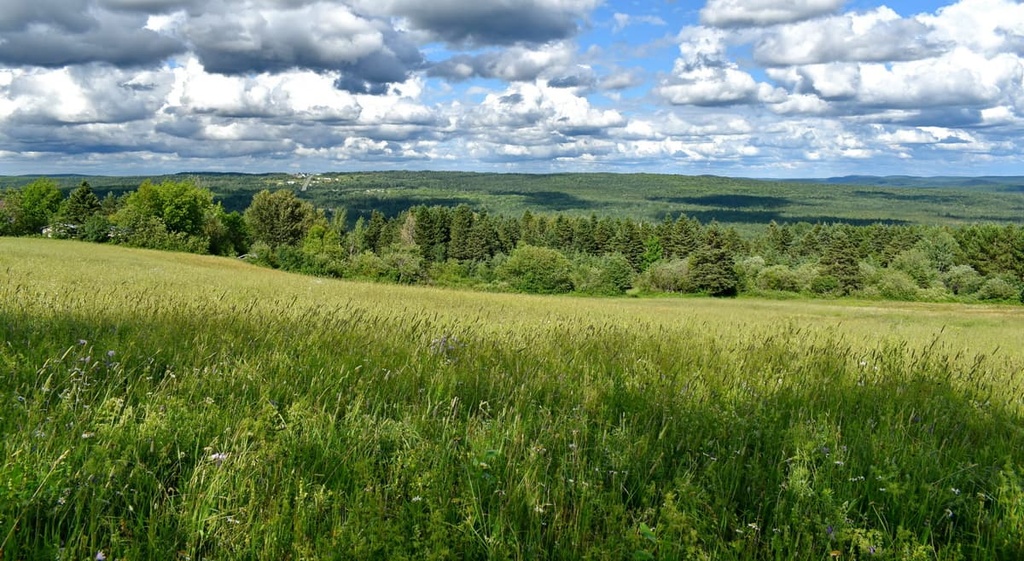
Parc régional des Appalaches (Appalaches Regional Park) is a protected area and outdoor recreation destination that’s situated in the southern part of the province of Quebec in Canada. The park is located close to Quebec’s border with the US state of Maine, too.
Interestingly, the park itself is a collection of different sectors, most of which are non-contiguous. The park is located in the Montmagny regional county municipality (MRC), which is part of the larger Chaudière-Appalaches region.
As a regional park, Appalaches is administered by its MRC, in this case, Montmagny. This is different from a national park of Quebec, which is generally managed by Sépaq, or a national park of Canada, which is managed by Parks Canada. Parc régional des Appalaches is the only regional park in the MRC of Montmagny.
There are 11 main sectors to the park, each of which offers different opportunities for outdoor recreation. These include:
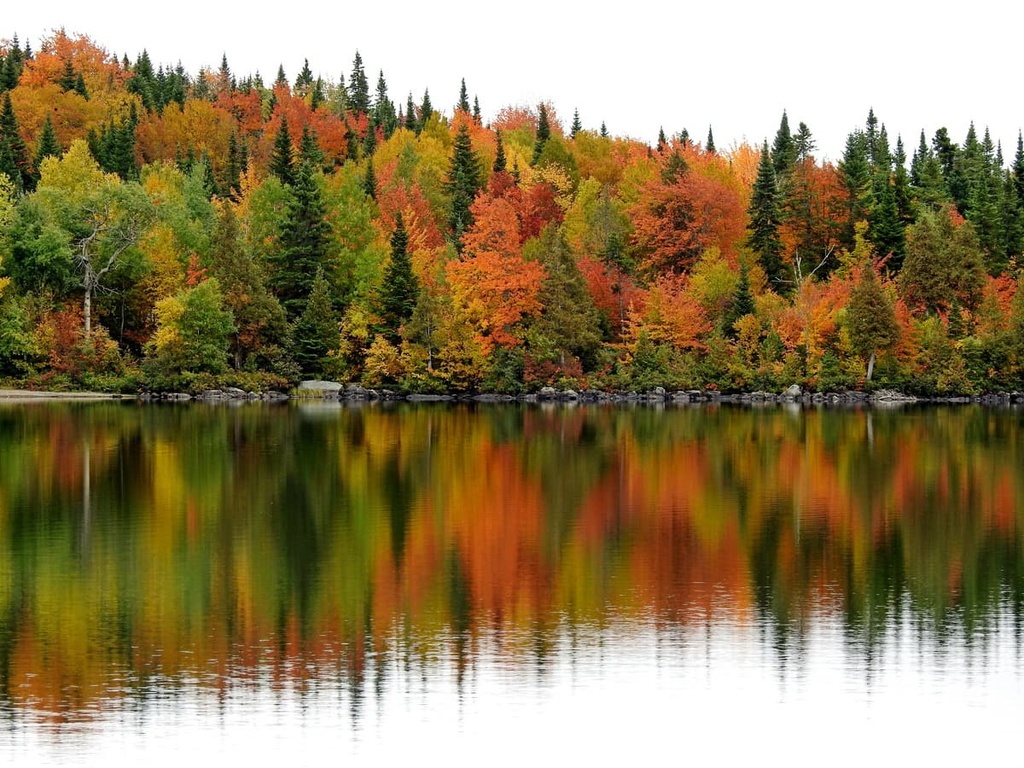
Additionally, Parc régional des Appalaches is situated just a short distance from Parc régional du Massif du Sud in the MRCs of Bellechasse and Les Etchemins. It’s also technically located fairly close to Baxter State Park in Piscataquis County, Maine, but travel between the two parks takes a long time due to the remoteness of the terrain and the international border.
As the park’s name suggests, the peaks in the region are part of the Canadian Appalachians. The Canadian Appalachians are a subsection of the much larger Appalachian Mountains, which stretch from the northern part of the US state of Alabama all the way to the northern tip of Newfoundland in the province of Newfoundland and Labrador.
Geologically, the Canadian Appalachians share a similar history as the rest of the Appalachians. They primarily started to take shape during the Taconic orogeny, which was also responsible for creating the basic shape of the Green Mountains in the nearby state of Vermont.
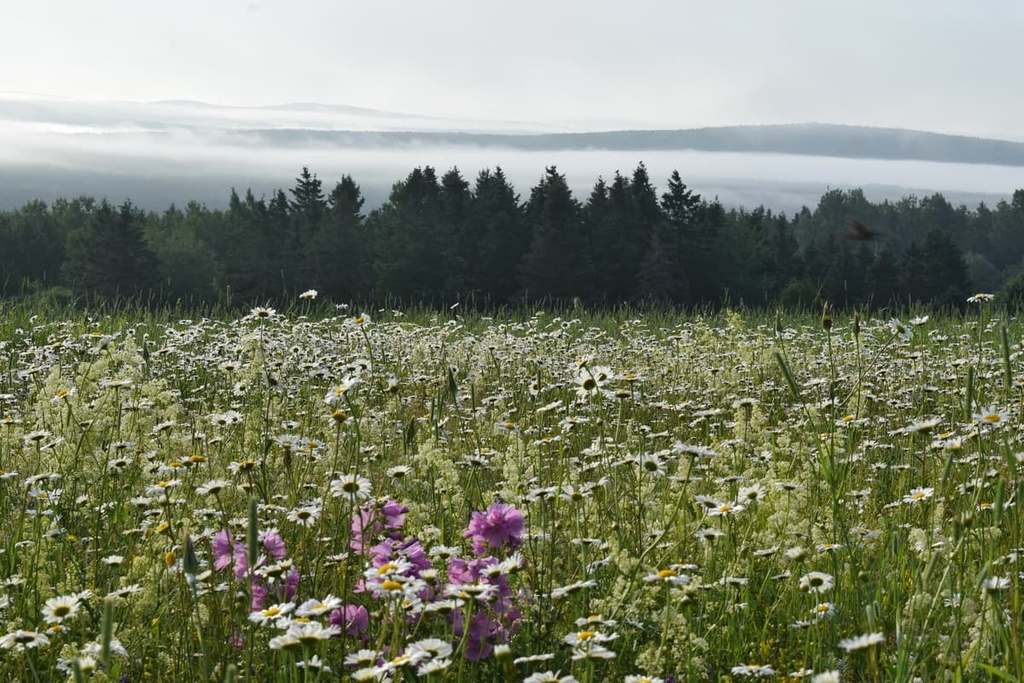
However, the Canadian Appalachians formed over the course of multiple mountain-building events, not just this one orogeny. The shape of the peaks that we see in the region today is also primarily the result of extensive glaciation that took place during the Pleistocene.
Parc régional des Appalaches continues to show evidence of its icy past in the form of various geologic features like glacial erratics and eskers. Beyond these individual features, we can also see that the landscape in the region features wide valleys and rounded summits, all of which are evidence of glaciation in years past.
Notable named peaks in the park include Montagne Grand-Coulée, Mont Sugar Loaf, Montagne du Lac Talon, and Montagne Fendue.
Parc régional des Appalaches features a wide variety of different ecosystems. Much of the landscape is heavily forested with tree species that are typical of the greater New England/Acadian forests ecoregion.
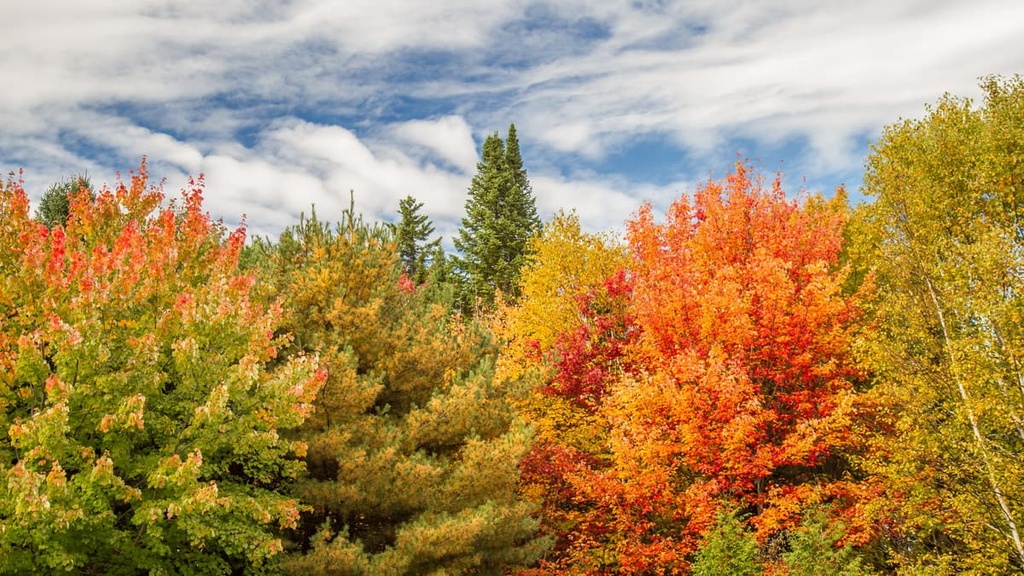
This primarily includes mixed evergreen and broadleaf trees, however, you can also find alpine zones at the highest elevations in the park. The park is also home to some peat bogs, which feature dense sphagnum moss and other similar species. As is the case in places like Scotland, peat is harvested in Quebec for commercial sale, but not within the protected area of the park.
Wildlife in the park includes all of the species that you’d normally have a chance to see in southern Quebec. This includes black bears, moose, Canada lynx, and beavers.

The park’s waterways are also rich in freshwater fauna. Fishing is allowed in the park so long as you follow certain rules. There are various species of trout found in the park, including brook trout, as well as muskellunge, which is a type of pike.
People have lived in what is now called Parc régional des Appalaches for countless generations. In particular, the region is part of the ancestral homelands of the Tribes and First Nations of the Wabanaki Confederacy as well as the Nation Huronne-Wendat.
The Wəlastəkwewiyik (Maliseet) have traditionally been one of the most powerful First Nations in the region around the park. This includes the contemporary Première Nation Wolastoqiyik Wahsipekuk in what’s now Quebec and the Houlton Band of Maliseet Indians in what’s now Maine.
Long before the arrival of European settlers, the Wəlastəkwewiyik had villages that stretched from the Bay of Fundy to the Saint Lawrence River through what is now Maine, Quebec, and New Brunswick. These villages were primarily agricultural and the Wəlastəkwewiyik traditionally grew crops like squash, corn, and beans.
The earliest peoples of European descent to travel to the area around what is now Parc régional des Appalaches may not have arrived until the latter part of the seventeenth century. However, we do know that Samuel de Champlain of France sailed to what is now Quebec City in 1608.
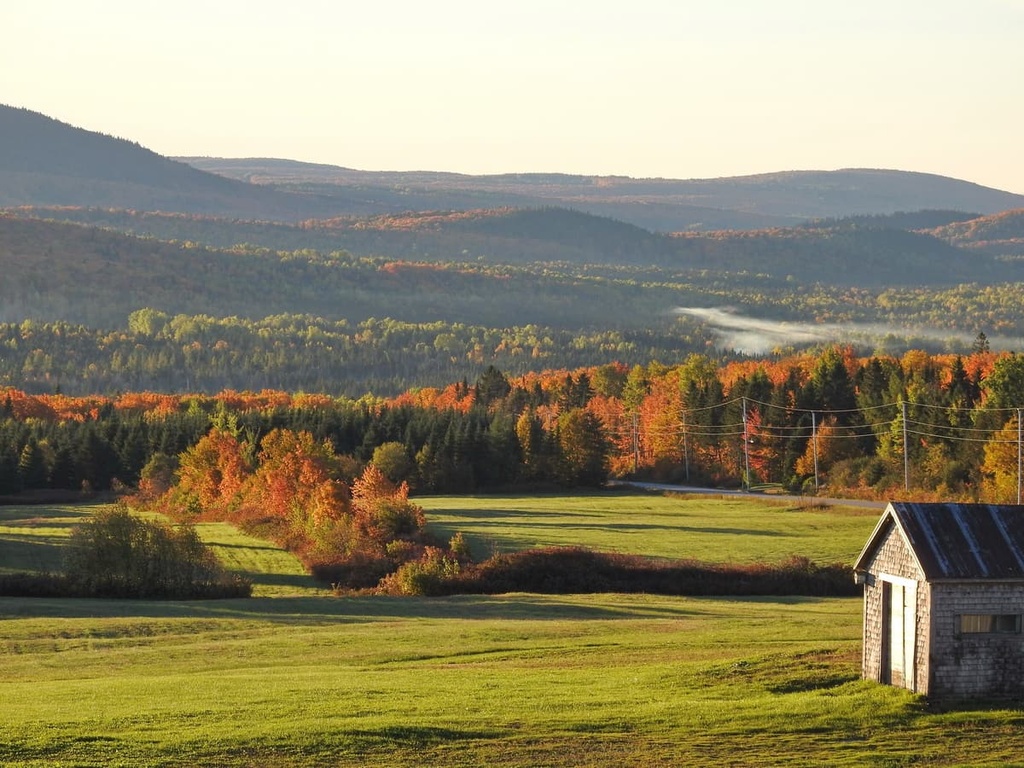
A few decades later, in the 1640s, the region that would later become the MRC of Montmagny was granted to Charles Huault de Montmagny, who was the Governor of New France at the time.
Not long afterward, a Jesuit missionary named Father Gabriel Druillettes made a handful of visits to the region that is now part of the nearby city of Saint-Georges. However, there were no permanent European settlements in the area at the time.
The first permanent French settlers started to arrive in the region by the mid-eighteenth century. However, the region remains fairly sparsely populated outside of the economic center of Saint-Georges.
Parc régional des Appalaches was formally established in 1997. It was created out of a collaborative effort by eight local municipalities who work together to manage the area and to develop a local infrastructure for outdoor recreation.
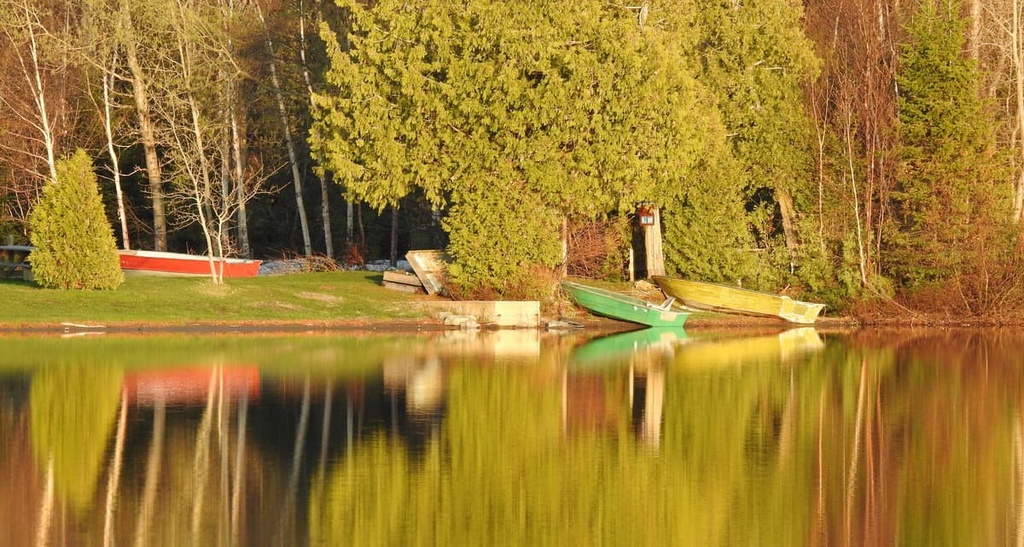
There are more than 140 km (87 mi) of hiking trails in Parc régional des Appalaches for visitors to enjoy. The park is home to hikes that cater to trekkers of all experience levels, so there’s something for everyone during your trip.
Here are some of the best hiking trails in Parc régional des Appalaches to consider for your next journey to the park:
There are dozens of other hikes and trails to enjoy in the park beyond the three summits listed above. The park maintains a full list of all its hiking trails as well as a map, which you can find on the park’s official website (in French only).
Additionally, the park maintains a set of “Prêt à Partir” (Ready to Go) hikes, which are pre-made overnight trekking itineraries that you can follow if you’re coming to the area on a short trip. One of the most popular Prêt à Partir hikes is a two-day trek to the Boucle de la Cascade Noire, which covers 26 km (16.2 mi) of terrain and involves a night at the refuge Cascade Noire.
There are a few things that you ought to know before your first trip to Parc régional des Appalaches. Here are some key pieces of logistics to keep in mind before you leave home.
All visitors to Parc régional des Appalaches are required to pay an entrance fee. You can get your entrance pass online before you arrive at the park.
The park offers day passes, weekly passes, and even annual passes so you can find the option that’s best for your needs. During the winter months, the park also has a special day pass for skiers.
Also note that entrance to the park is free for children under the age of 17. It is also free for anyone who is a resident of the municipalities located in the park.
Parc régional des Appalaches is fairly easy to access by road from Quebec City and other nearby towns, like Saint-Georges.
You can get to the park from Quebec City by following Quebec Route 281 and Route 283 to the outskirts of the park. From there, you’ll end up on smaller roads and local routes, so a quality map or GPS device is highly recommended.
Generally speaking, the park also offers a shuttle service for hikers, but it was shut down during COVID-19. Contact the park authorities directly for more information about whether or not the shuttles are operating before your next trip.
Parc régional des Appalaches is a dog-friendly hiking area. According to the park’s management, dogs are welcome everywhere in the region, including on hiking trails.
However, the park maintains a “Code du Chien” or “Dog Code,” which lists some rules and guidelines for taking your four-legged companion into the mountains. In particular, it’s important that you maintain control of your dog at all times and that you carry out all of their waste. You’re also required to keep your dog on a leash at all times.
Interested in spending the night at Parc régional des Appalaches? Here are some of the best camping and accommodation options in the park to consider for your next outing.
The park maintains three separate camping areas for people looking to spend the night under the stars. These include:
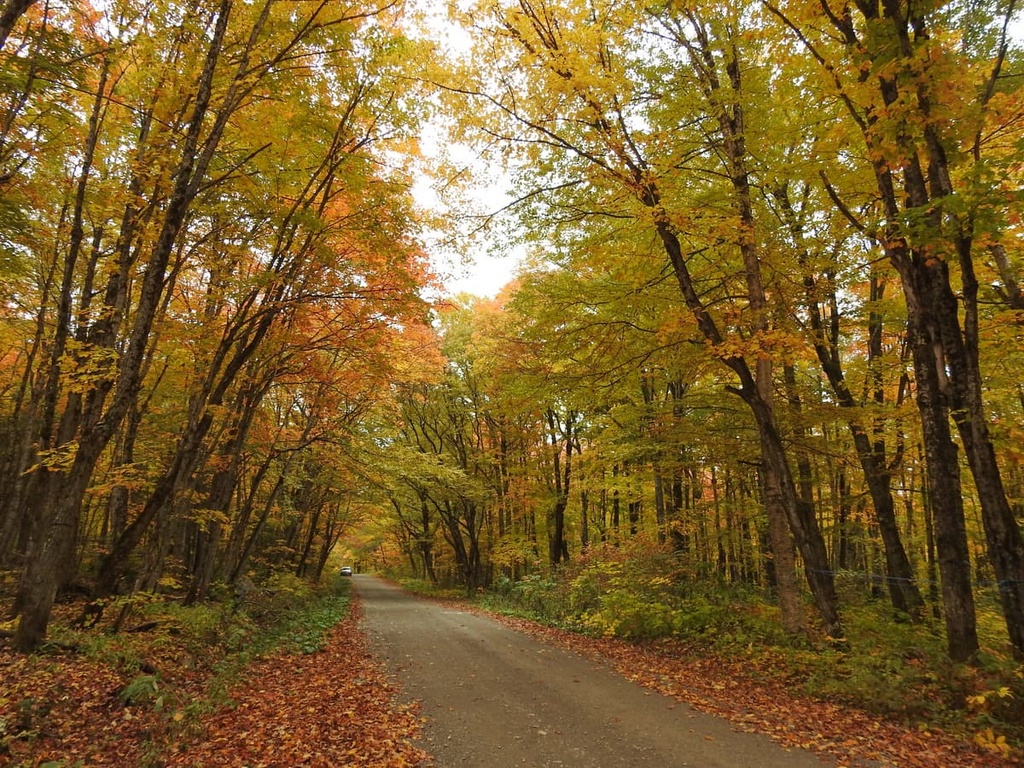
Campsites in the park can be quite popular during the summer months. Advanced reservations are highly recommended and you can book your sites online before your trip.
Parc régional des Appalaches is home to a collection of different huts that are available for overnight stays in the backcountry.
These huts all feature basic equipment, including a wood stove, beds, tables, and an outdoor composting toilet. However, you’ll need to bring your own sleeping bag, utensils, bowl, food, and potable water.
Each hut is slightly different, but most have been fairly recently renovated or constructed. You can reserve your stay in a hut online at the park website before your adventure.
There is a selection of lodges available in Parc régional des Appalaches for visitors who want a bit more luxury in their accommodation. You can find some lodges at Camping Municipal Lac-Frontière and Centre plein air Sainte-Apolline while the rest are scattered throughout the park.
Some of the lodges in the park include:
Reservations are required for stays in these lodges, and they tend to be quite busy in the summer months. Booking well in advance of your trip is highly recommended.
Looking for a place to stay near Parc régional des Appalaches? Here are some of the best cities and towns to check out during your trip.
The city of Saint-Georges is located just to the south of the park in the Beauce-Sartigan MRC. It is home to about 32,000 residents and is one of the largest communities in the area.
Saint-Georges is one of the biggest manufacturing centers in this part of southern Quebec. You can find a wide array of restaurants, hotels, and stores in the city, so it’s a good place to travel through if you need some supplies for your adventures. Saint-Georges is also easy to get to by car from both the international border to the south and Quebec City to the north.
Quebec City is the capital and second-largest city of Quebec. It is home to around 530,000 residents and is one of the province’s largest tourist destinations.
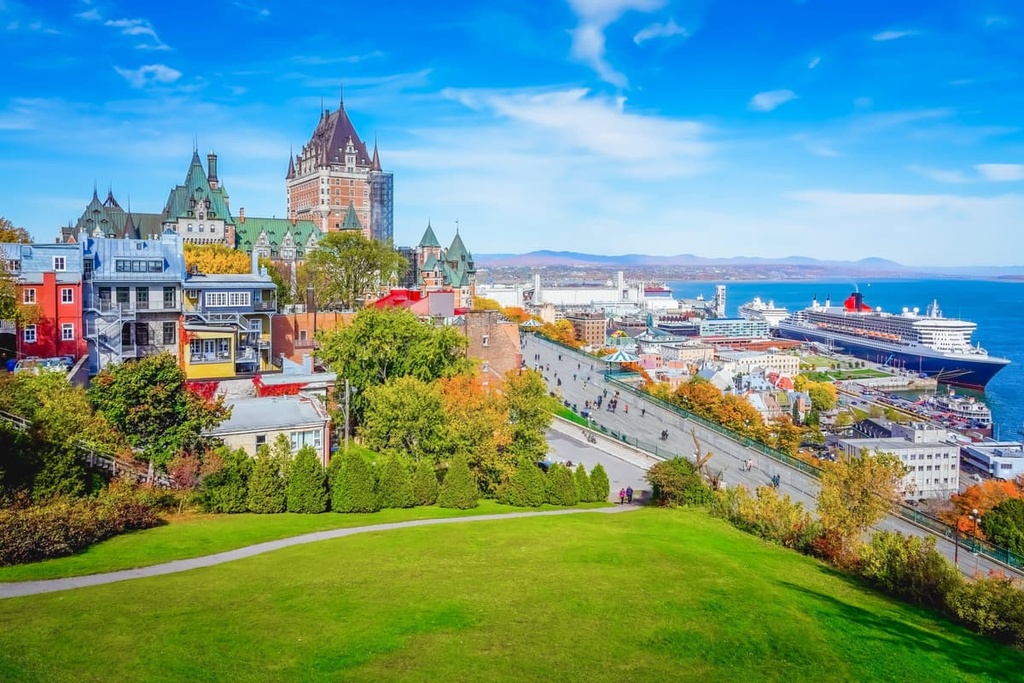
The city itself was formally established as a French settlement in 1608. It is home to the oldest remaining fortified city walls in North America. The old town of Quebec City is also a UNESCO World Heritage Site and there are plenty of superb restaurants and shops to check out in the city itself.
Explore Parc régional des Appalaches with the PeakVisor 3D Map and identify its summits.








